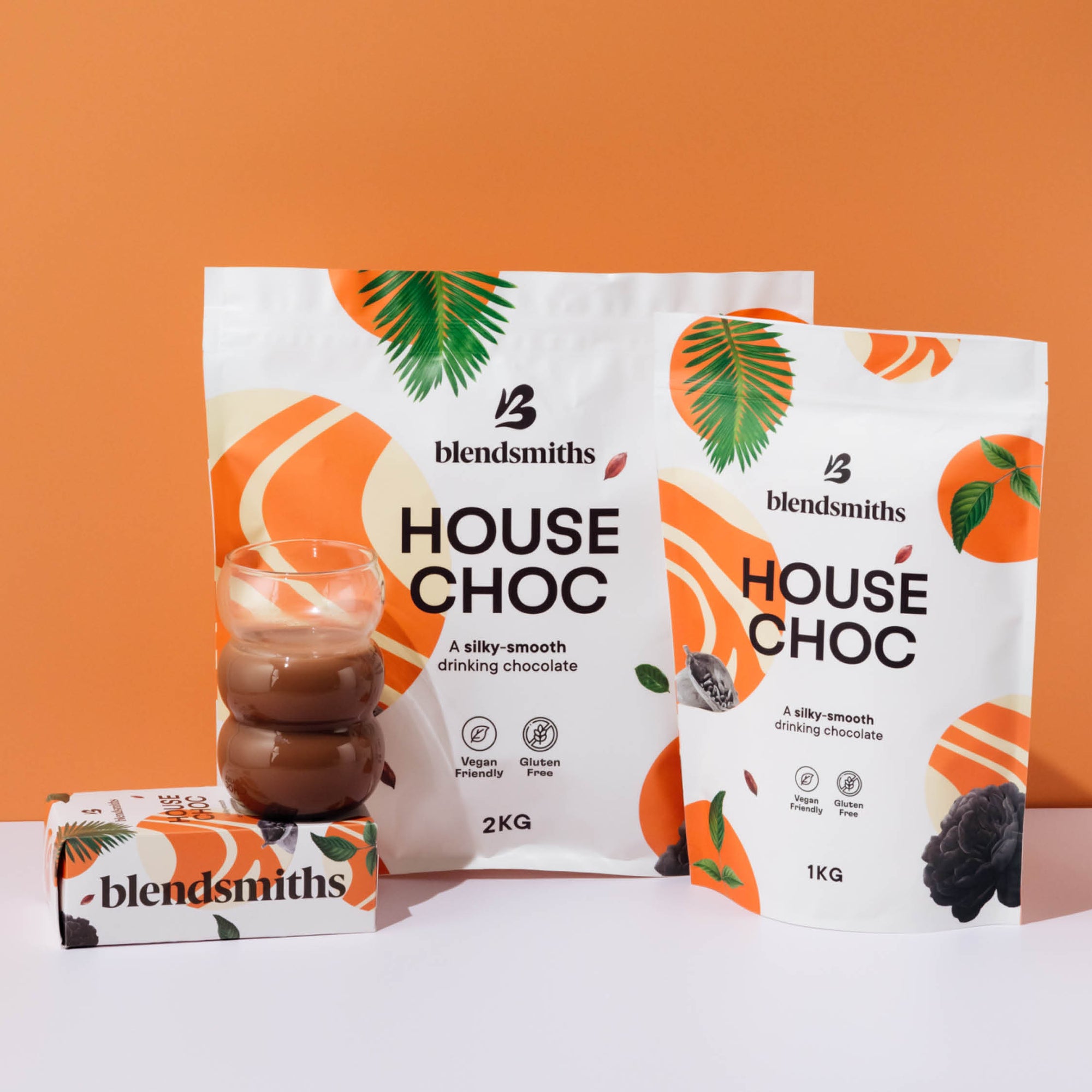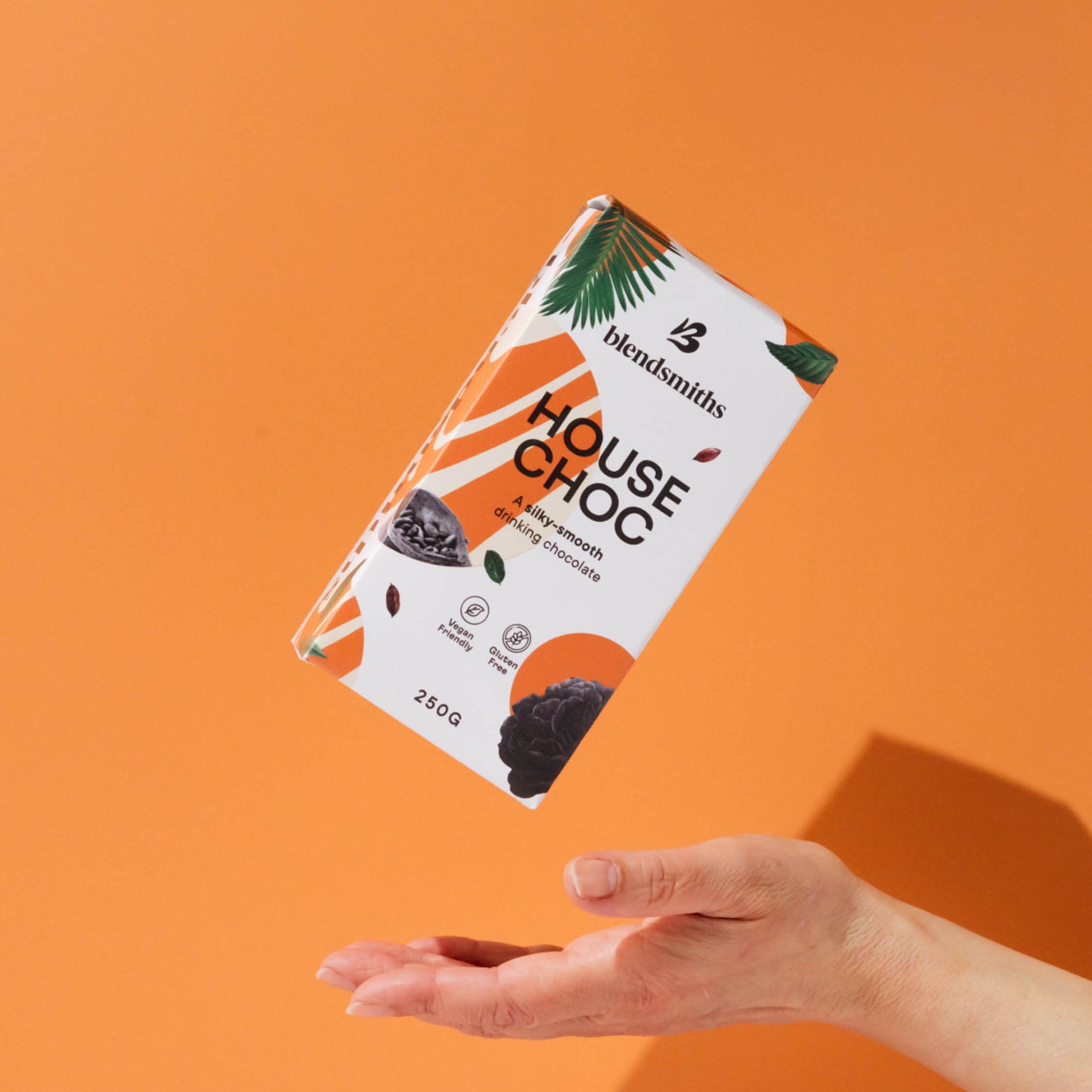· Leila Cannon
Thinking in Curves, Not Straight Lines
With results day just around the corner, I can’t help but reflect on that time in my own life. This year, it feels a little more personal; my niece is among the many thousands about to open that brown envelope.
Like me, she has dyslexia with the addition of Irlam’s Syndrome. It can make certain aspects of learning more challenging, but it also means her brain is wired in brilliantly unconventional ways. Dyslexia is more common than people often realise, around 10–15% of the population, with some estimates closer to 1 in 5. Yet it's still misunderstood. We’re quick to focus on what it limits, rarely on what it unlocks.
I told her;
"Whatever’s inside that envelope, good, bad, or somewhere in between, there’s always another way to get to where you want to be."
The truth is, she hasn’t yet discovered her superpower: that ability to think sideways, upside-down, and through brick walls. The kind of thinking that solves problems, builds ideas from nothing, and sees connections others miss.
In my creative career, I’ve lost count of the times someone’s asked, “How did you even see that?” or “I’d never have made that connection.” Well, now you know. I don’t process things in straight lines. And that’s the gift.
Dyslexia makes you work harder to get your words out, but it also makes you more inventive when they don’t come. If the word you’re looking for won’t land, you find another way to say it. That kind of thinking isn’t a flaw; it’s craft. It’s the root of creativity.
In our industry, marketing, design and storytelling, we celebrate originality. We chase ideas that break convention and connect emotionally. Dyslexia doesn’t hinder that; it fuels it.
So, to my niece and anyone else clutching an envelope this week: Don’t let numbers or letters define you. Especially not when your brain was built to defy the formula. The world needs your kind of creativity, now more than ever.






















